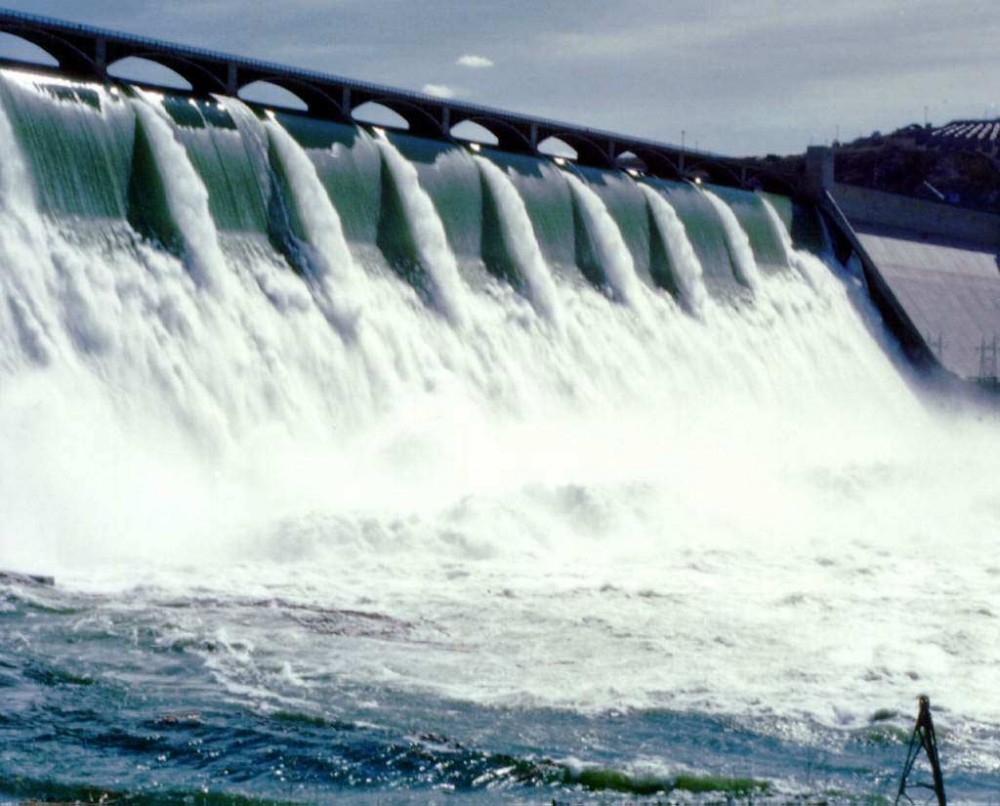The government of Gabon through the Société d’énergie et d’eau du Gabon (SEEG), te Gabonese Energy and Water Company has started rehabilitation work on the Bongolo hydroelectric power station which was built back in 1992 in the Ngounié province. The project entails the replacement of the five faulty turbines of the facility with new equipment as well as the renewal of the safety and security equipment of the turbines, the hydro-mechanical structures, and the G1 and G2 groups of the dam.
Also Read: Gabon: Contract signed for construction of Kinguélé Aval hydroelectric dam
According to Alain Patrick Kouma, the managing director of the SEEG, with these works, the Bongolo dam will regain its initial power of 5 MW contrary to the 2.5 MW it has been generating during the past 10 years as a result of lack of maintenance. Upon completion in 24 months’ time, the project is expected to secure the electricity supply to the inhabitants of the towns of Mouila and Ndéndé in the province of Ngounié, as well as to the populations of Tchibanga, in the province of Nyanga in the south of Gabon. It will also help to strengthen and secure the Interconnected Network (RIC) of the Louétsi department in the Ngounié province.
The over US$ 12.7M project, which also includes the construction of a drinking water plant at Val Marie, is funded by the SEEG under its 2020 emergency water and electricity plan.
The construction of the drinking water plant
The drinking water plant is planned for construction at Val Marie, approximately 3 km from the town of Mouila in Ngounié. The plant, which should be inaugurated by the end of March next, will have a capacity of 3,400 m3 of water per day.
Within the 2020 emergency water and electricity plan framework, the SEEG also intends to construct an additional drinking water plant in the council of Atsié. This is expected to be inaugurated by the end of June this coming year and it will be capable of treating 3,400 m3 of water per day.
